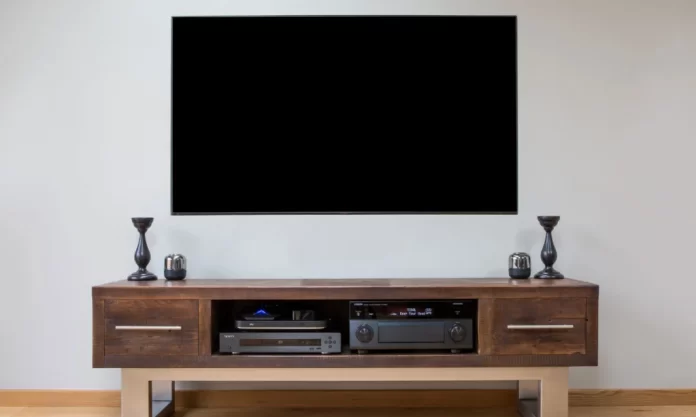If you watch movies or TV shows on your TV, you may have noticed that sometimes there is a jerking effect that makes the picture look unnatural, and on cheaper TVs, you may occasionally see a slight blurring of the image.
Don’t worry; your TV has nothing wrong; it’s just a jerking effect. You can try to fix it, and today I’ll tell you how to do it.
What is judder on a TV?
Now let’s talk about the judder and what it is. This effect occurs when a movie or other content has fewer frames than your TV display.
I will explain it with an example. Almost any movie has 24 frames per second, which means it has 24 Hz. Most modern televisions have 60 Hz screens. This means that your TV has to add extra frames to play back the content.
It’s simple, the TV just duplicates the original frames. However, there is one problem – you cannot add the same number of frames to each frame because 60 is not divisible by 24 (or rather, if you divide it, you do not get a whole number). That’s why modern TVs use 3:2 technology, where some frames are duplicated 3 times and some only 2 times.
As a result, you might think the picture is sluggish because some frames last 3 seconds and some only 2.
Of course, the difference of a second is negligible and in most cases, you won’t notice it. However, if the frames in the movie change very quickly, then you may notice this effect.
Image jitter in LED TVs
In LED TVs, image flickering occurs for the reasons I described earlier and due to a defect inherent in all LED TVs, the residual image. The fact is that LED screens have a natural flaw; the pixels of the screen consist of crystals that rotate in cells, and the polarization of the crystal changes and, naturally, changes the light flux passing through the crystal. So if the image moves, the shadow of the image remains where it should not be because the pixels need more time to reach the correct state. You can notice this on your monitor screen by quickly wiggling your mouse; you’ll see several cursors of different intensities. It’s almost impossible to deal with this in budget-class TVs. Higher-end TVs use the insertion of a black frame to reduce the residual image. The black frame is inserted by turning off the backlighting but only works with video whose frequency is less than the TV can show. If the TV has a 120 Hz display and the video is 60 Hz, the backlight is turned off for the duration of the frame display. The TV shows 60 actual frames and 60 black frames.
How to get rid of judder?
There are several things that can help you get rid of the judder. First, if your TV supports True Cinema, you can activate this feature, and then you will get rid of judder.
Also, if your TV supports TruMotion, Clear Motion or Motion Smoothing this option may also help. But I recommend that you disable this as it can create another bad effect called soap opera. Really, Motion Smoothing uses a technology called motion interpolation, that add extra frames to make the image smoother. However, it can cause a soap-opera effect that may make picture to look unnatural.
Of course, this technology doesn’t just duplicate frames but makes an assumption about what neighboring frames would look like if they were captured, so it doesn’t provoke judder (but rather reduces it). However, it creates an unnatural viewing experience, so I recommend turning this feature off.
So the best way to get rid of judder is to use True Cinema mode (it can be called differently in different TVs but the idea is the same). The only thing you can do to enhance your experience – make a brightness a litle bit higher, as True Cinema is designed for watching a TV without any ambient light.






